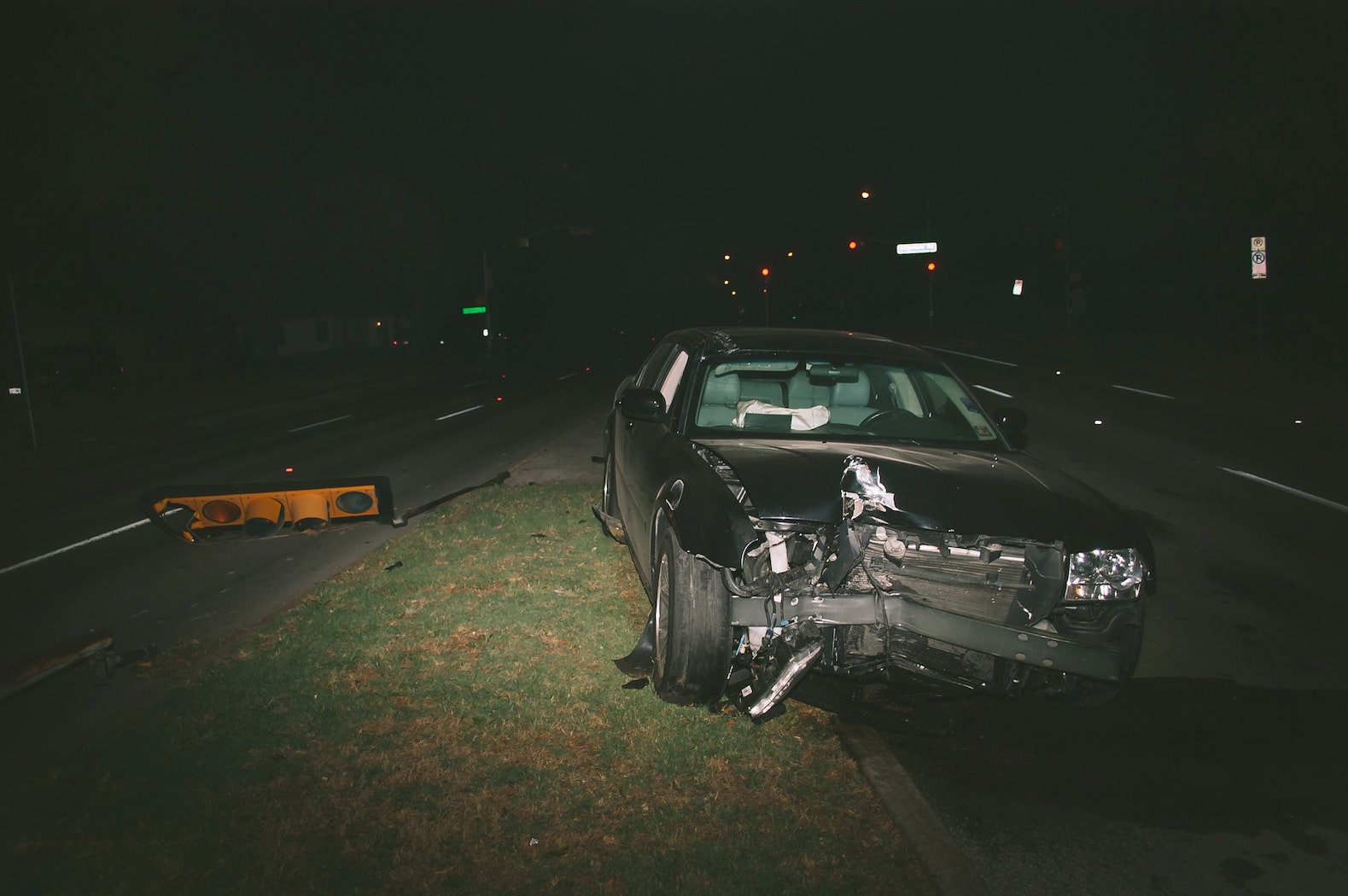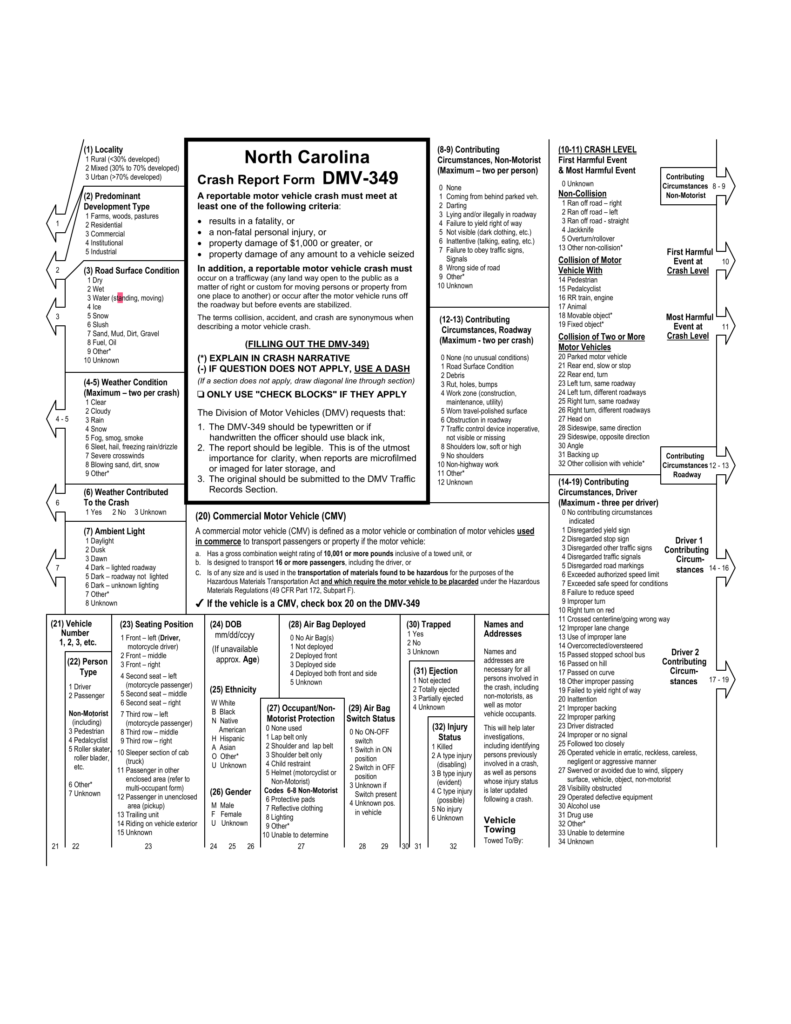Auto Accident
In North Carolina the number of reportable accidents increased by 2.8 percent in 2017. Along with reportable accidents, the number of pedestrians killed in motor vehicle crashes also increased, by 1 percent. In 2017, there was 43,598 car crashes in Charlotte, NC. Examples of factors which contribute to the cause of accidents include: alcohol, lane departure, speed, and distracted driving. You can learn more about North Carolina auto accidents here. The stress and trauma that comes with being involved in a car accident are enough to consume one person. That’s why The Law Offices of Attorney Timothy J. Pavone is here to help you handle all the legal matters which come with an accident.
Need help with a car accident?
We will handle yours and the other parties’ insurance companies.
Medical bills, damages to your vehicle, and missing work can accumulate into a large cost for you and your family. It is important that you are getting the most out of your entitled compensation. Having an experienced professional handle your accident ensures that you are aware of all your options, and that you are receiving the appropriate response and care from the insurance company. Should your accident require you to take further legal action, The Law Offices of Attorney Timothy J. Pavone will help you identify this need, and handle the case for you.
North Carolina Statute 1-52 sets a statute of limitations on how long one has to file a lawsuit to recover personal injury or property damage. A lawsuit must be filed within 3 years after the injury or damage occurred. Car accidents fall under this 3 year category because you are either recovering damages from your injuries, property damage of your car, or both in the lawsuit. The 3 year timeframe begins the day of the accident. The statute of limitations does not apply to insurance claims. Insurance companies typically take claims anywhere from a few days after the accident to at most a few weeks after, depending on the company.
Crash Facts > Click here
Examples of factors which contribute to the cause of accidents include: alcohol, lane departure, speed, and distracted driving. North Carolina is one of a minority of states that practices contributory negligence. Contributory negligence requires that individuals seeking personal injury recovery in a lawsuit be at 0 percent fault. In other words, if an individual is at fault in the accident, even 1 percent, they are completely ineligible of recovery in the lawsuit. Both Cause in Fact and Proximate Cause must be present to establish that a party is at fault for the accident.
Cause in Fact
Proximate Cause
Last Clear Chance Doctrine
Proximate Cause Doctrine
Gross Negligence Doctrine

Police Report
-
-
- Locality (Urban, rural, mixed);
- Development Type;
- Road Conditions;
- Weather Conditions;
- Day v. Night;
- Contributing Circumstances;
- Crash Levels;
- Information on each driver;
- Information on each passenger;
- Damaged areas of the vehicles; and more.
-
[/vc_column_text] [/mkdf_elements_holder_item][/mkdf_elements_holder]





